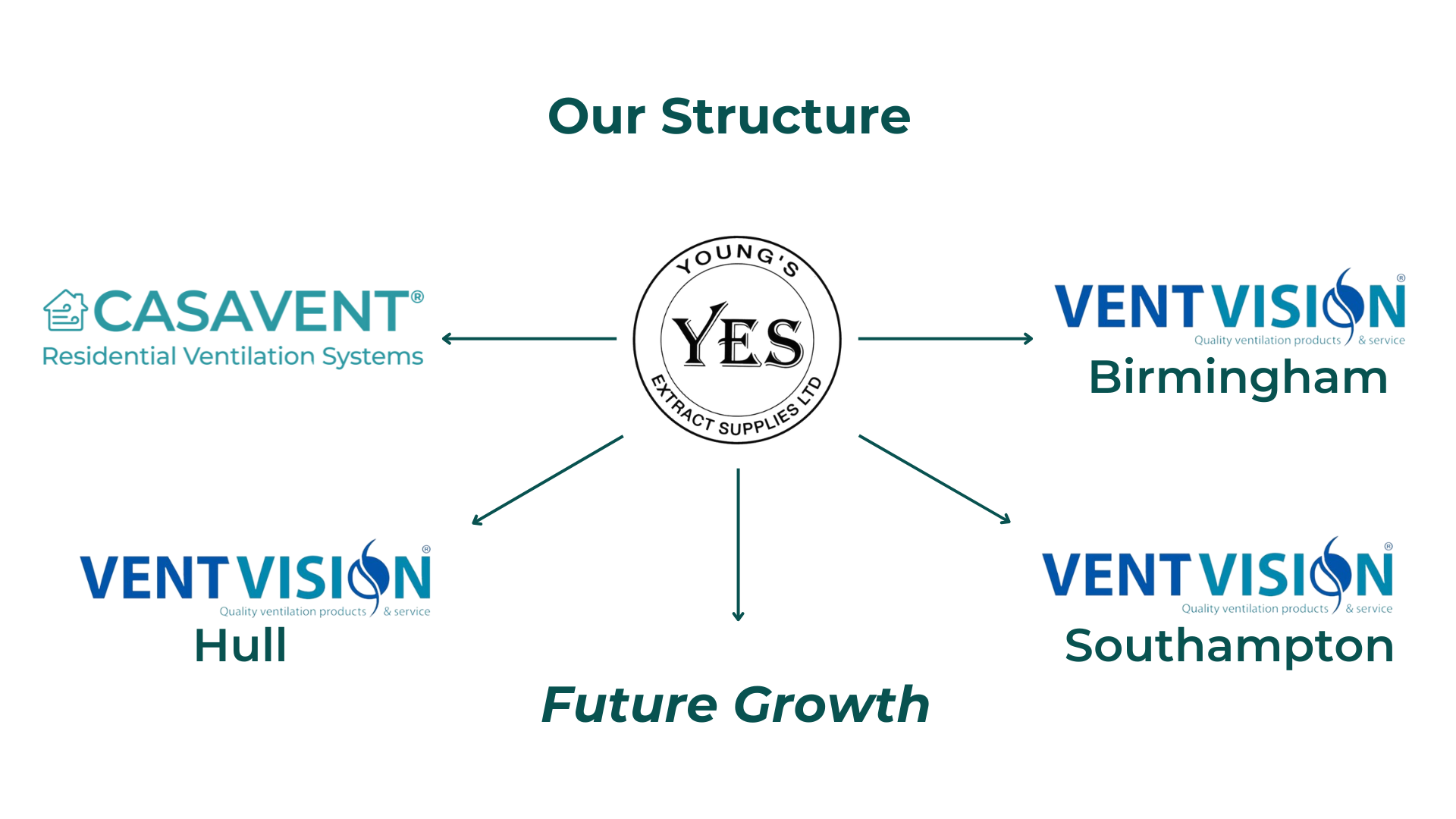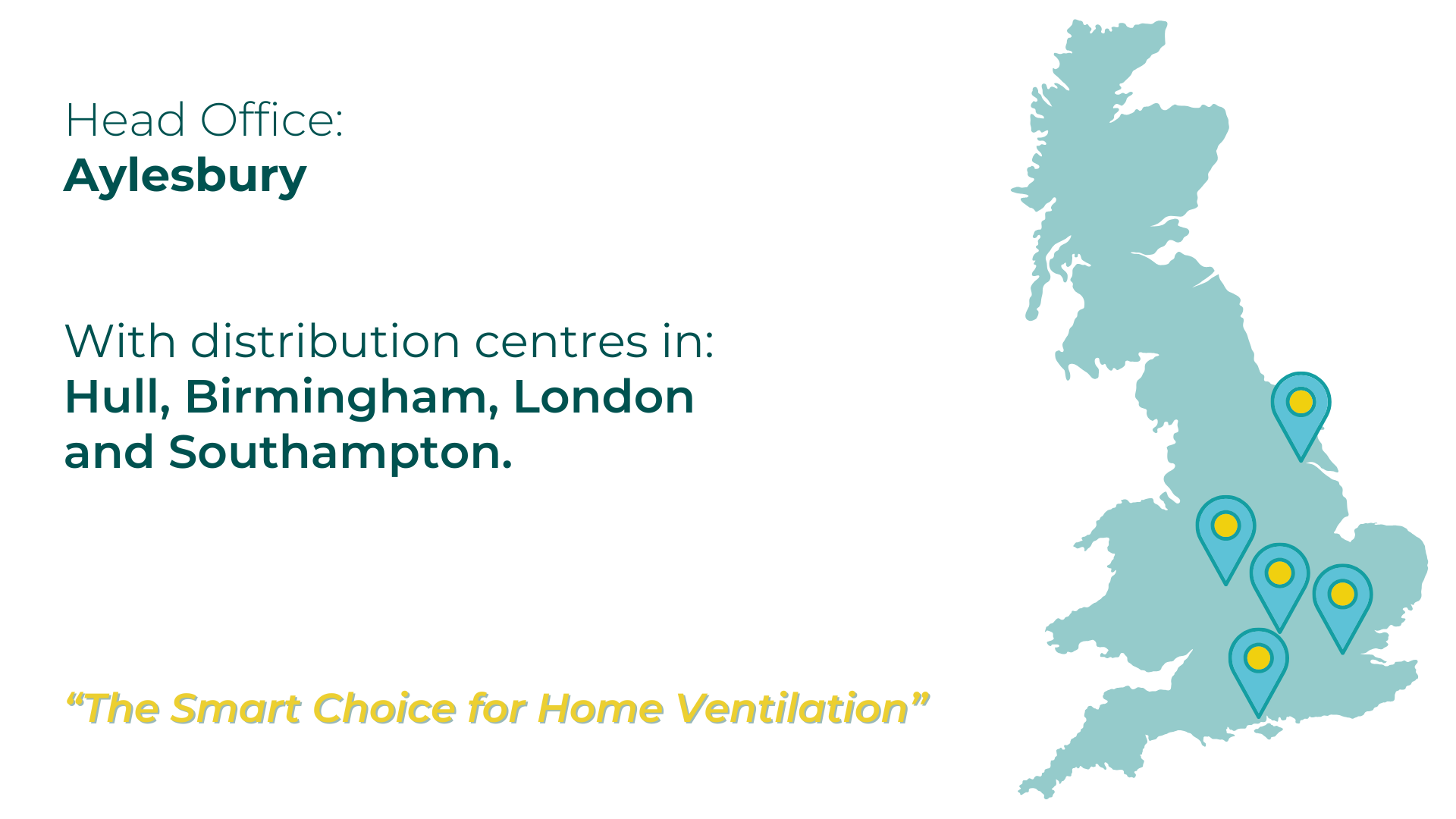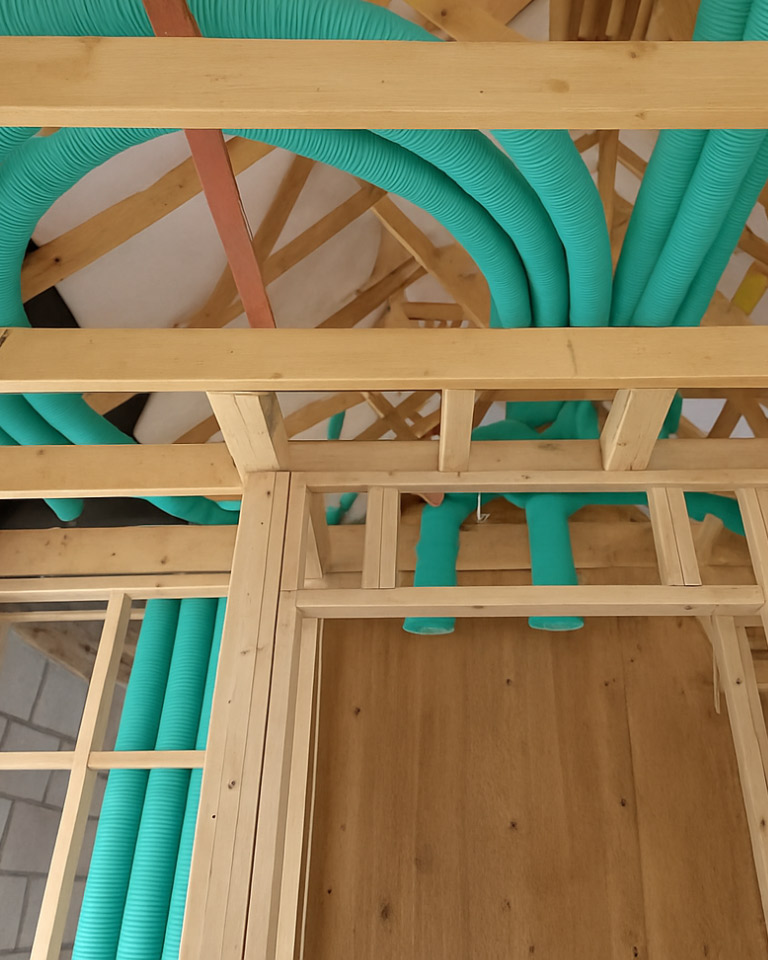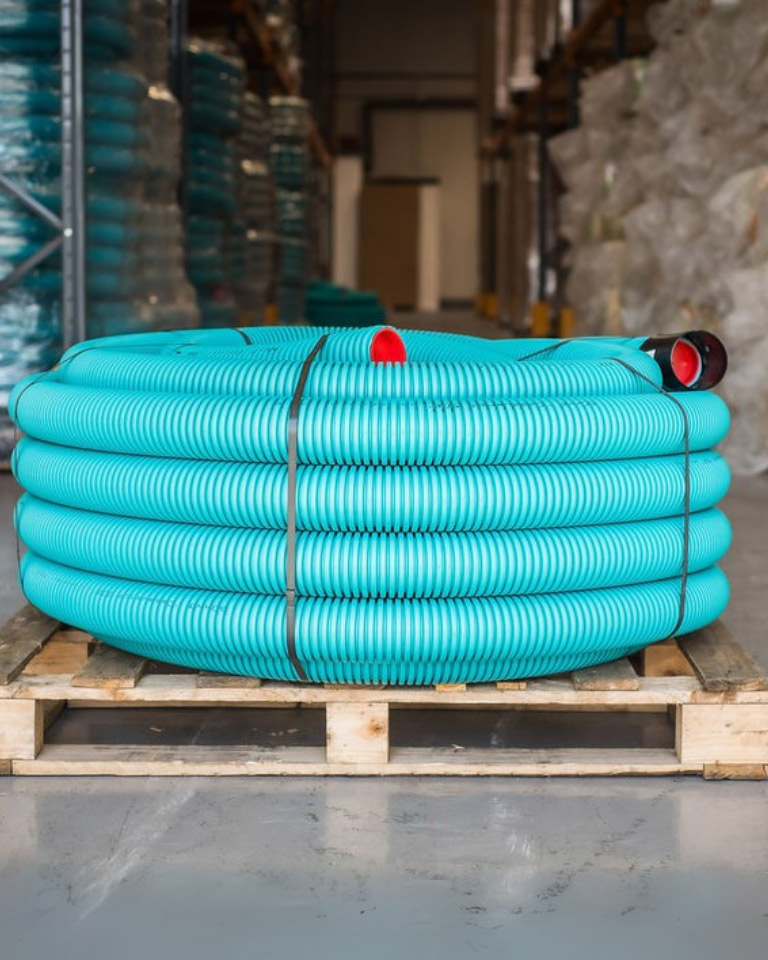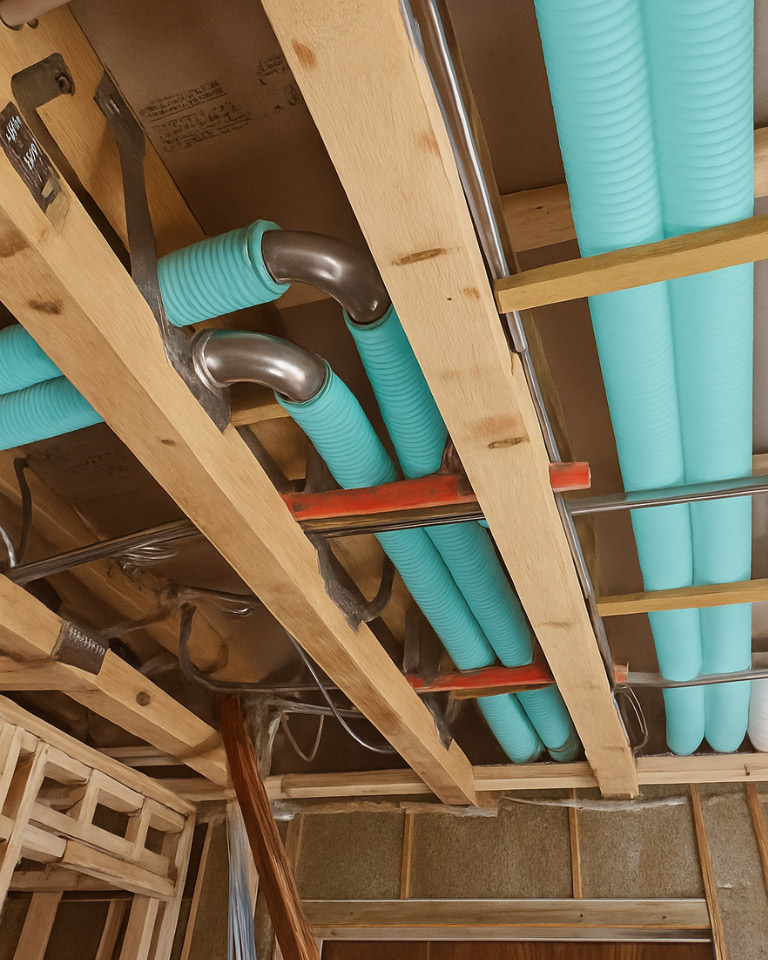We are CASAVENT
Residential Ventilation Specialists
Our expert team offer independent advice and guidance on all types of residential ventilation systems. We design, select and guarantee a ventilation system that will make your home a clean and healthy environment throughout the year.
We supply the whole ventilation package to end-users, self-builders, contractors, installers, architects and developers, and our team provide a full end-to-end service that meets with all building regulation requirements

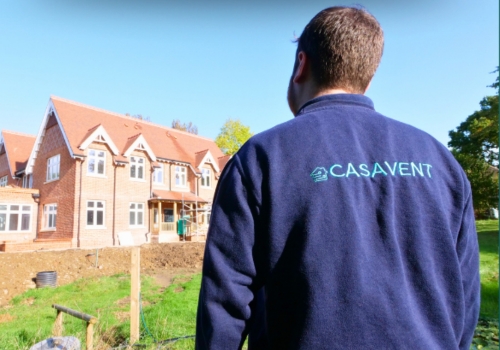
"Ventilation is the lungs of your home"
0's
of Components Shipped
ABOUT US
What We Do
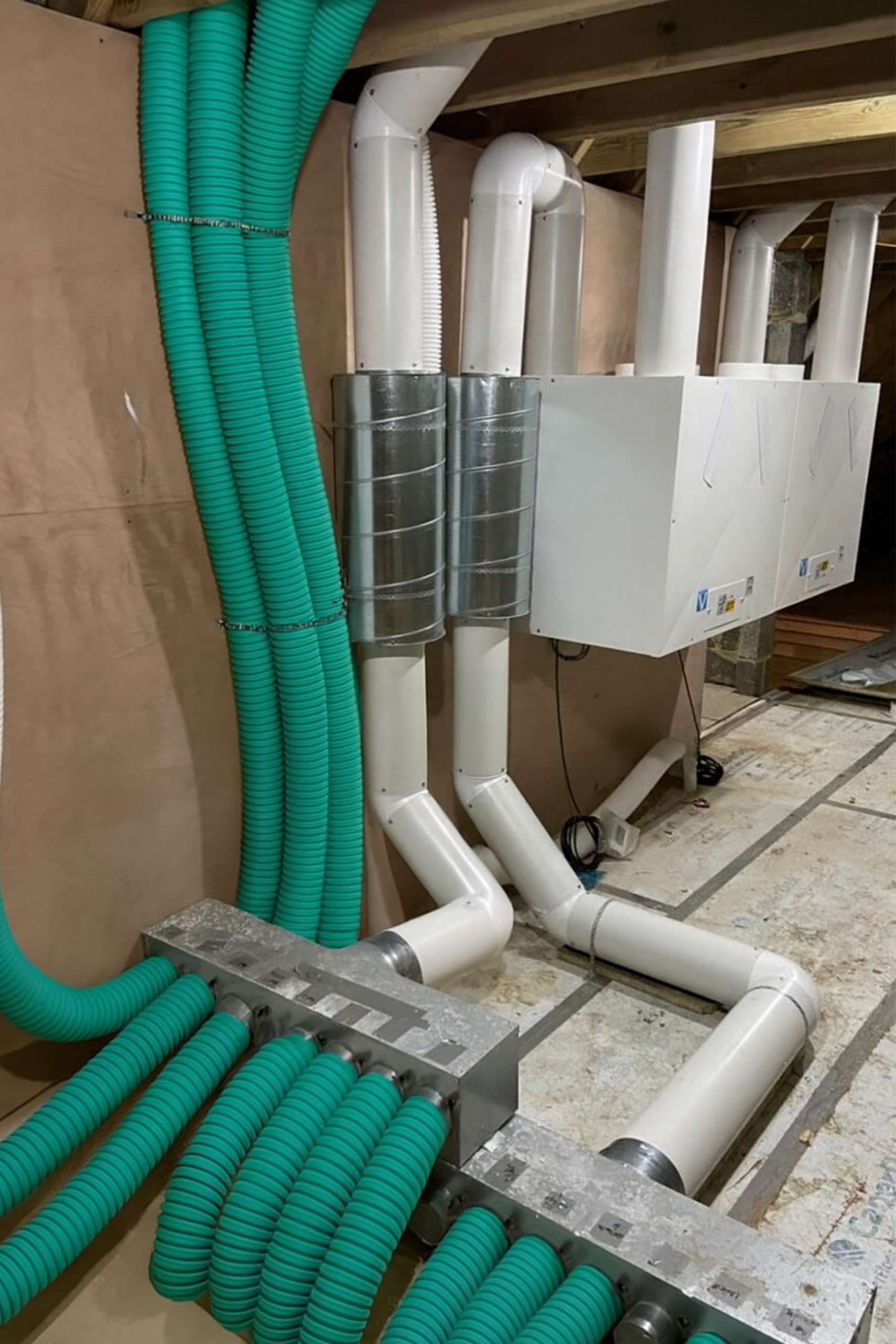
Residential Ventilation
Casavent are specialists in all types of residential ventilation, from Mechanical Ventilation with Heat Recovery (MVHR) and Mechanical Extract Ventilation (MEV) systems to bathroom and kitchen extraction. We also provide cooling modules and purge systems, as well as ventilation to meet Passivhaus Standards.
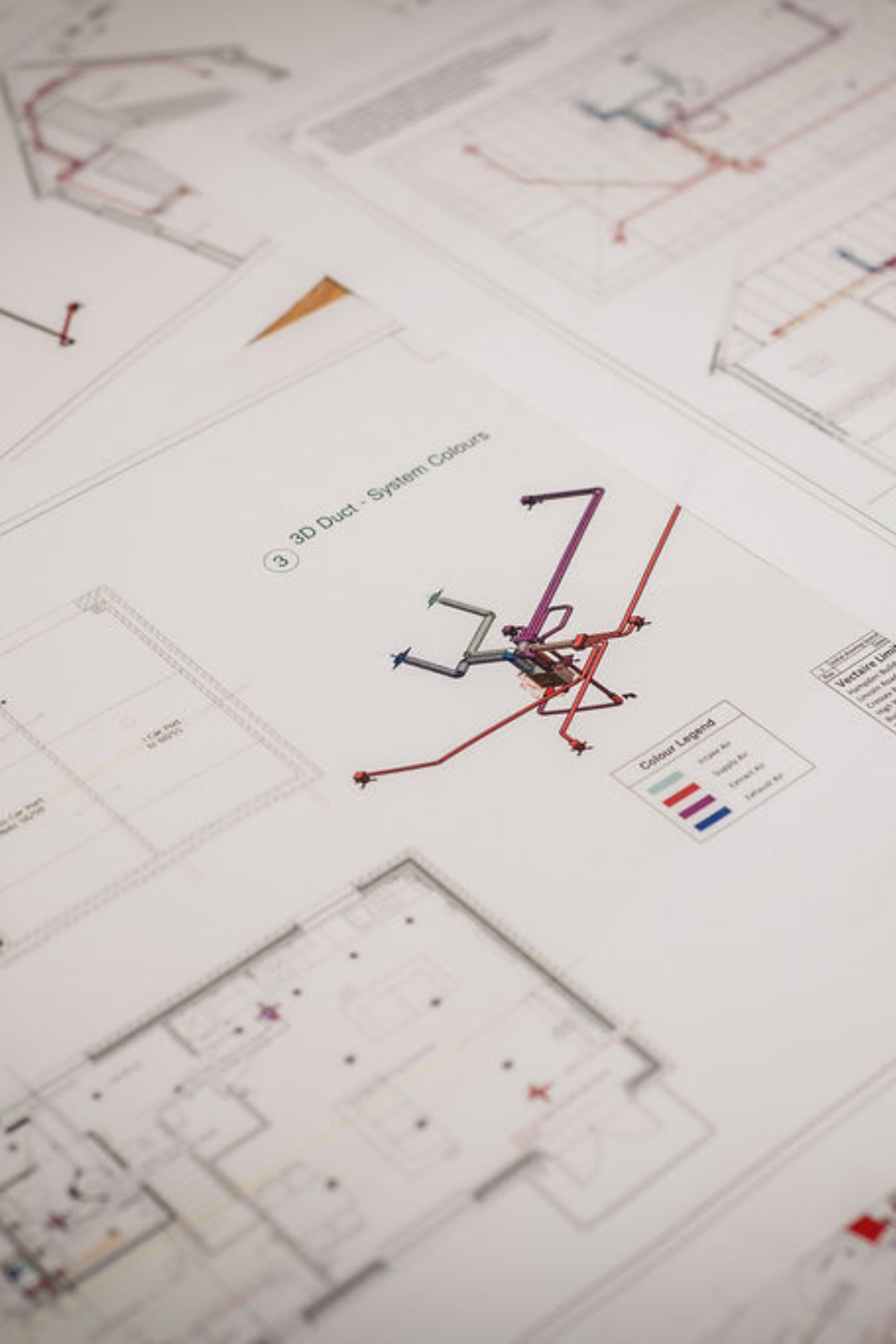
Technical Drawings
When we assess a project, we look at giving you everything you need; indicative duct runs, full CAD drawings, airflow and pressure calculations and component breakdowns, based on our extensive knowledge of building regulations and ventilation best practice, ensuring you have correct planning and plans.
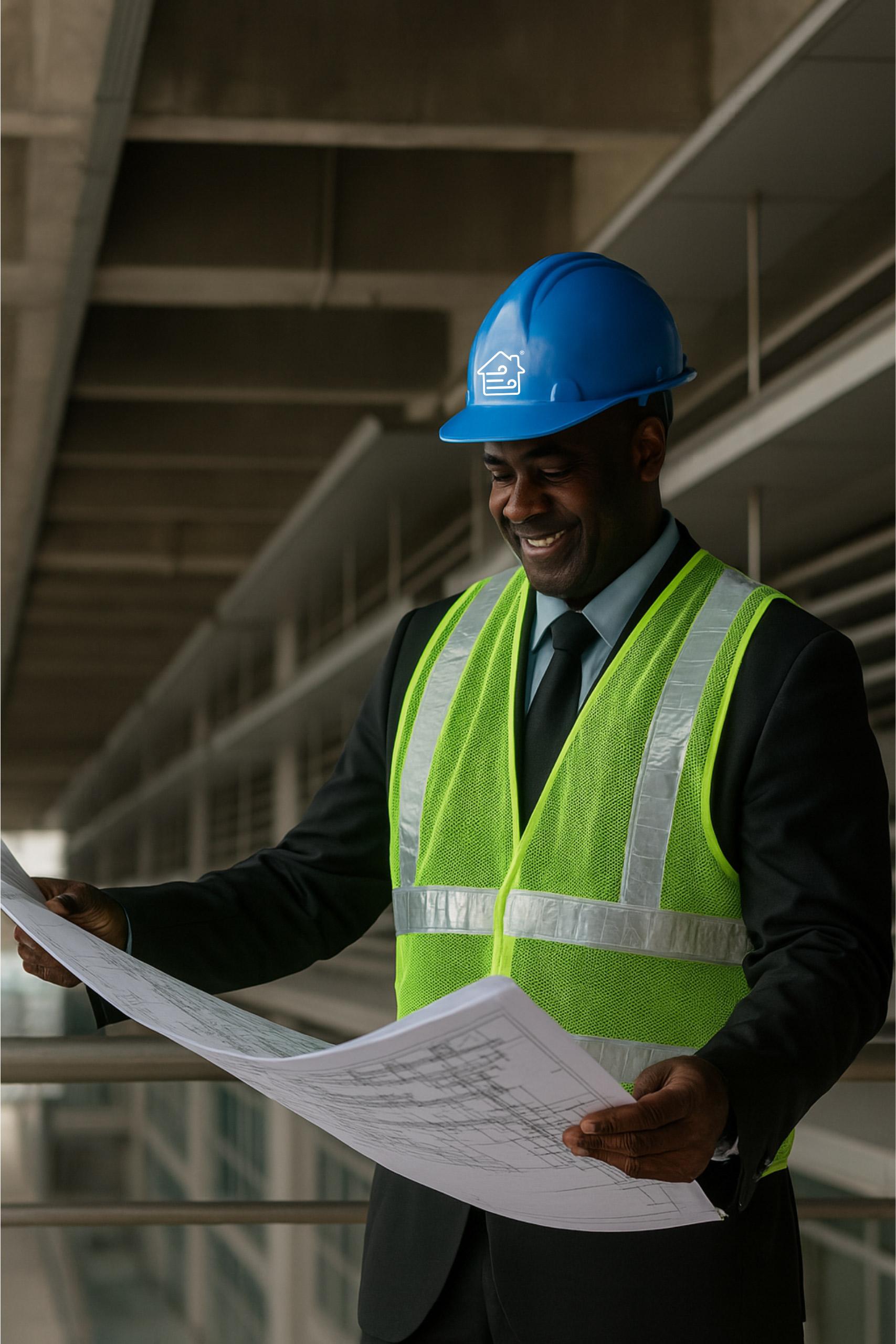
Advanced Project Support
You need full support? We’ll give you what you need. From initial site inspections, unit specification and design. This carries through to delivery, installation and commissioning. It’s also coupled with implementation advice throughout the whole process. Talk to us about your project and what level of support you need.

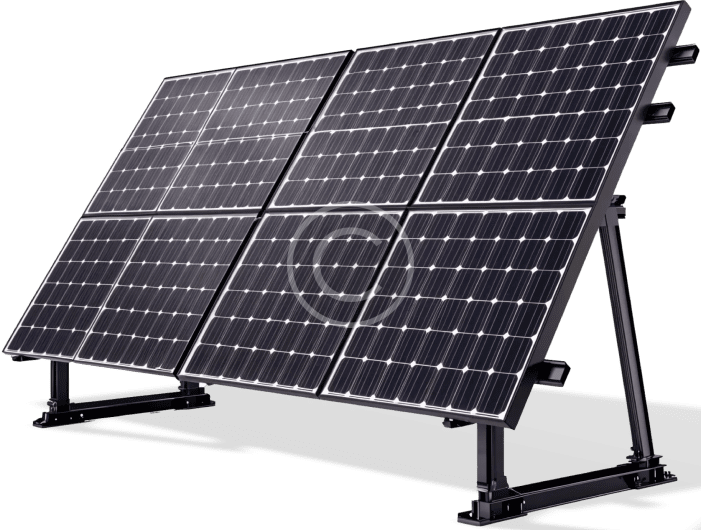
Our Process
Guiding you through each part, step by step
We are experts in our field, if you need ventilation expertise from start to finish we will help you through the process.
Client Experiences
Join our happy
sustainable energy users
Elementra’s solar solutions transformed our energy usage, significantly reducing costs while promoting sustainability. Their expertise is unmatched.

Brian Olesen
Laketown, CA
Elementra’s clean energy services enhanced operations, cutting costs and ensuring environmental sustainability. Their impact is incredible.

Mary Jones
Austin, TX
Elementra’s innovative clean energy strategies enhanced efficiency, reduced costs, and boosted sustainability efforts. Their expertise is unmatched.

Ben While
Playtown, CA
Collaborating with Elementra greatly improved power use and cut expenses, and supported renewable energy adoption. Their work is remarkable.

Olivia Carter
Boston, MA
OUR PROCESS
Guiding you through every
step of the process
OUR PROCESS
Guiding you through each part,
step by step
We are experts in our field, if you need ventilation expertise from start to finish we will help you through the process.

-

1. Send us the project information
With floor plans and project drawings we can discuss preliminary costs and work out rough airflow calculations. -

2. Quotation Produced
Once budget price is accepted in principal, we can proceed to produce an accurate quotation and also discuss installation services with our partners. -

3. CAD Drawings Provided
A 10% deposit of the project value is required to provide full CAD drawings, this deposit is deducted from the final bill. -

4. Site Visit, if required.
To avoid any potential problems foreseen by either side, site visits may be necessary.
-

5. Drawings Approved
Final detailed drawings and full component list provided for the client. -

6. Supply of All Provisions
Components to be supplied according to requirements and timeframes and fitted by the client or approved install partner. -

7. Onto the next Project
Talk to us about your upcoming ventilation projects and how we can support you.
WHAT WE PROVIDE
Our Services
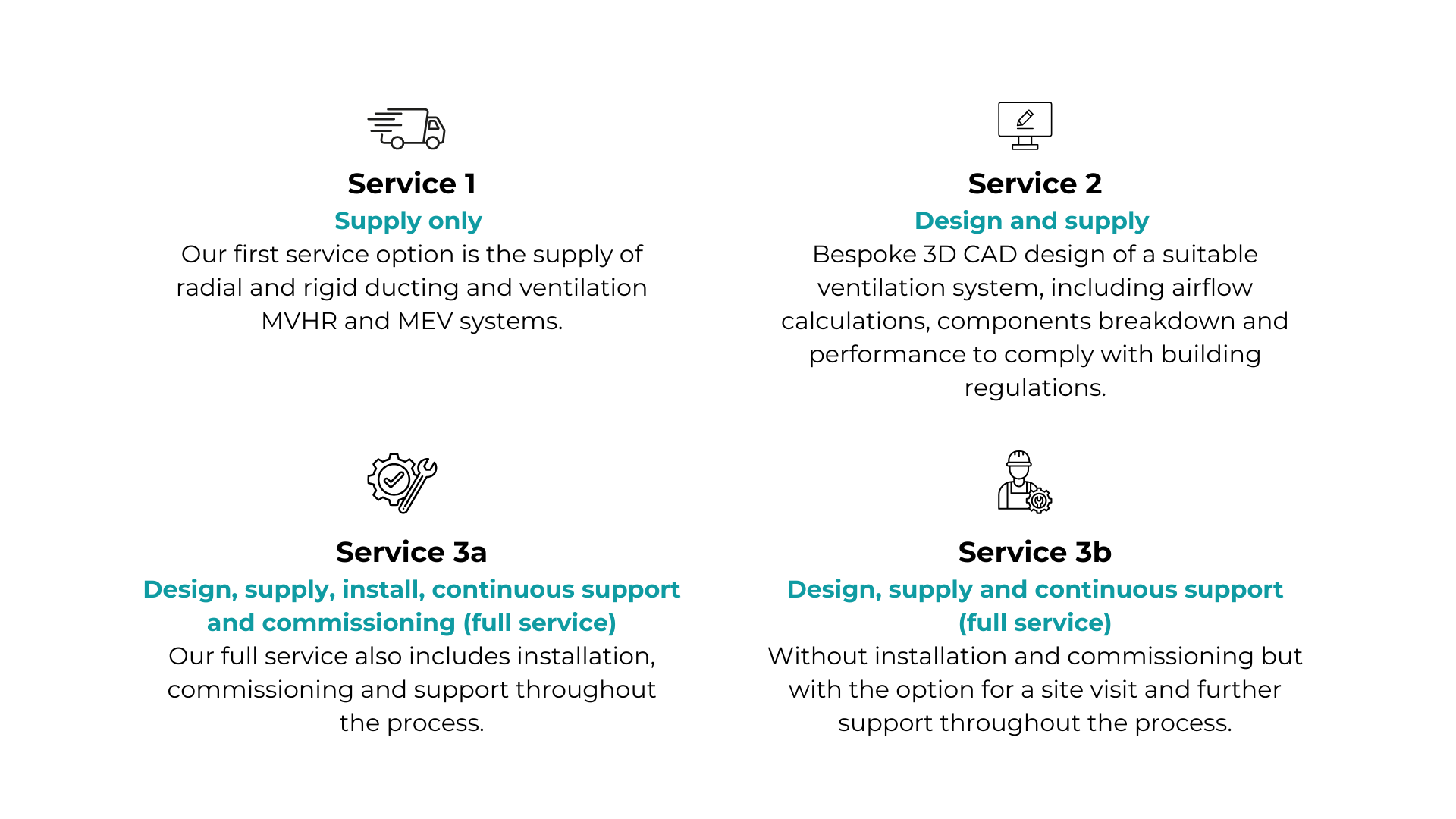

Common Questions
Knowledge Hub
At Casavent, we are committed to providing answers to your queries about ventilation solutions and our services.
1. What is MVHR and how does it work?
- What is MVHR?
MVHR (Mechanical Ventilation with Heat Recovery) provides continuous fresh air while capturing heat from stale exhaust air—boosting efficiency and air quality. - How does it work?
Fresh air is filtered and drawn in from outside. Simultaneously, stale indoor air is extracted. A heat exchanger transfers heat from outgoing to incoming air without mixing, saving energy. - Why use MVHR?
MVHR reduces heating costs, improves indoor air quality, mitigates against mould and condensation, and ensures consistent ventilation year-round—ideal for energy-efficient homes. - Is MVHR suitable all year round?
Yes. It saves heat in winter, reducing heating needs, and features a bypass mode in warmer months, delivering cool, fresh air efficiently.
2. What are the benefits?
- What are the main benefits of an MVHR system?
MVHR significantly improves energy efficiency by capturing heat from outgoing air, reducing energy bills and lowering your carbon footprint. It also enhances indoor air quality by continuously filtering pollutants, allergens, and moisture. - How does MVHR improve indoor air quality?
It constantly removes stale, polluted air and replaces it with fresh, filtered air—preventing mould, dampness, and allergen buildup. This is especially valuable in polluted urban areas. - Is MVHR a good investment?
Yes, if you value energy savings, sustainability, and healthier indoor environments, MVHR is an ideal choice for homes.
3. What are the main components of an MVHR system?
- Heat Exchanger: Transfers heat from outgoing air to incoming fresh air, recovering up to 90% of heat.
- Ducts: Channel fresh air throughout the building and remove stale air.
- Filters: Remove dust, allergens, and pollutants from incoming air.
- Fans: Ensure consistent airflow and ventilation.
- Controls: Let you adjust ventilation based on humidity or CO₂ levels.
- Valves, Louvres, Grilles: Allow fresh air intake and stale air exhaust.
Together, these components deliver efficient ventilation and healthier indoor air quality.
4. How much do they cost?
A full MVHR system with all the needed ducting, accessories, terminations and designs will vary based on the number of floors, the floor plan, square meterage and layout of the property – the costs will differ depending on the type of ducting required, whether it insulated, the complexity of the design and any other additional features required, such as cooling options, NOX or Carbon Filters and other aspects.
5. How do I use the MVHR system?
- The MVHR system runs 24 hours a day, 365 days a year, extracting stale air and replacing it with new fresh air. The system has variable trickle speeds and a boost function that can be activated when needed via a humidity sensor, bathroom light switch or via a fixed switch placed in the kitchen or main area.
- Trickle speed runs continuously throughout the day, with boost speed being used when showering, cooking or during activities that create moisture or odours
6. Do I need to maintain my MVHR system?
- Yes, you will need to change the filters every 6 to 12 months, depending on the installation conditions (i.e. if you live near a main road or busy area, you may need to replace the filters before 6 months due to outdoor pollution).
- MVHR systems generally move a lot of air daily in and out of the property, meaning that a build up of dust, grease and other particles can get caught in the filters.
- An annual system service is recommended by not essential: typically they should check the heat exchanger and motors, replace the filters, and ensure the system is still balanced and effective.
7. Are MVHR Systems noisy?
- When designed and installed correctly, an MVHR system is much quieter than standard ventilation. Some MVHR units come with acoustic lining or, if needed, come with acoustic top boxes to reduce the noise even further.
8. What is MEV and how does it work?
- What is Mechanical Extract Ventilation?
Mechanical Extract Ventilation (MEV) is a building ventilation system that removes stale or moist air from indoor spaces using mechanical fans, typically installed in areas with high humidity or pollutant levels like:
- Kitchens
- Bathrooms
- Utility Rooms
- How MEV Works:
Centralised MEV: A single, central fan unit extracts air from multiple rooms through ductwork.
Decentralised MEV (dMEV): Individual fans are installed in each room to extract air directly.
9. MEV VS MVHR
Feature | MEV | MVHR (Mechanical Ventilation with Heat Recovery) |
Extracts air | ✅ | ✅ |
Supplies fresh air | ❌ | ✅ |
Heat recovery | ❌ | ✅ |
Installation complexity | Lower | Higher |
Energy efficiency | Medium | High (due to heat recovery) |
10. What are Cooling solutions and PassivHaus Standards?
MVHR cooling systems are integrated systems that use the ventilation system in the property to also deliver fresh, tempered air to a dwelling, thereby mitigating potential overheating issues and concerns in a property.
Cooling systems are designed to control the temperature of the air coming into the building and, unlike air conditioners, they bring fresh filtered air from outside, rather than recirculating internal air like an air conditioner does.
What is PassivHaus?
Passivhaus (or Passive House) is a rigorous energy efficiency standard for buildings that focuses on:
🌱 Key Principles:
Super insulation – Thick, high-performance insulation to reduce heat loss.
Airtightness – Very low air leakage to prevent drafts and heat escape.
Thermal bridge-free design – Eliminating cold spots where heat can bypass insulation.
High-performance windows – Triple glazing with insulated frames.
Mechanical Ventilation with Heat Recovery (MVHR) – Supplies fresh air while recovering heat from outgoing air.
Passive solar gain – Uses building orientation and window placement to naturally warm the space.
Passivhaus is an expensive building process but is the highest standard of building construction that can be achieved and will create properties that are super air tight with minimal air leakage, meaning that a suitable MVHR system is required.
WHO WE ARE
Our Group
Casavent is a member of the Young’s Extract Supplies Group, a leading UK ventilation distribution group, supplying a multitude of products from ducting, system components, MVHR units, and accessories into the HVAC marketplace, with new areas of expertise being developed regularly.
